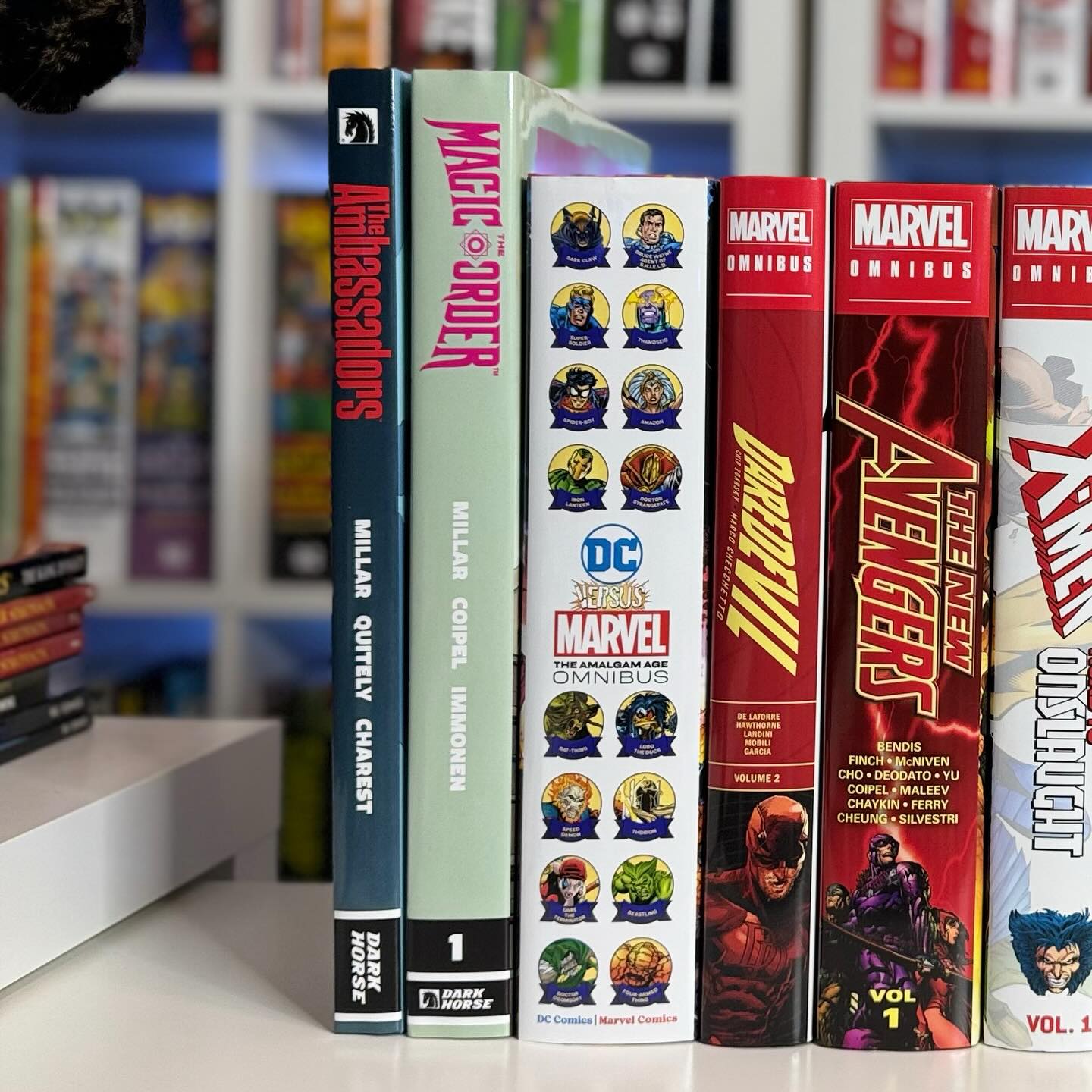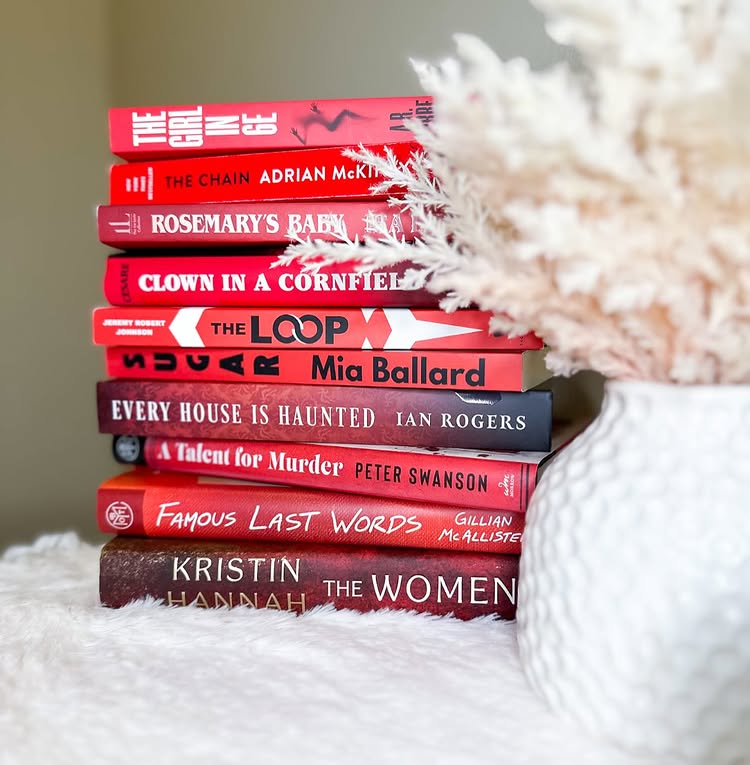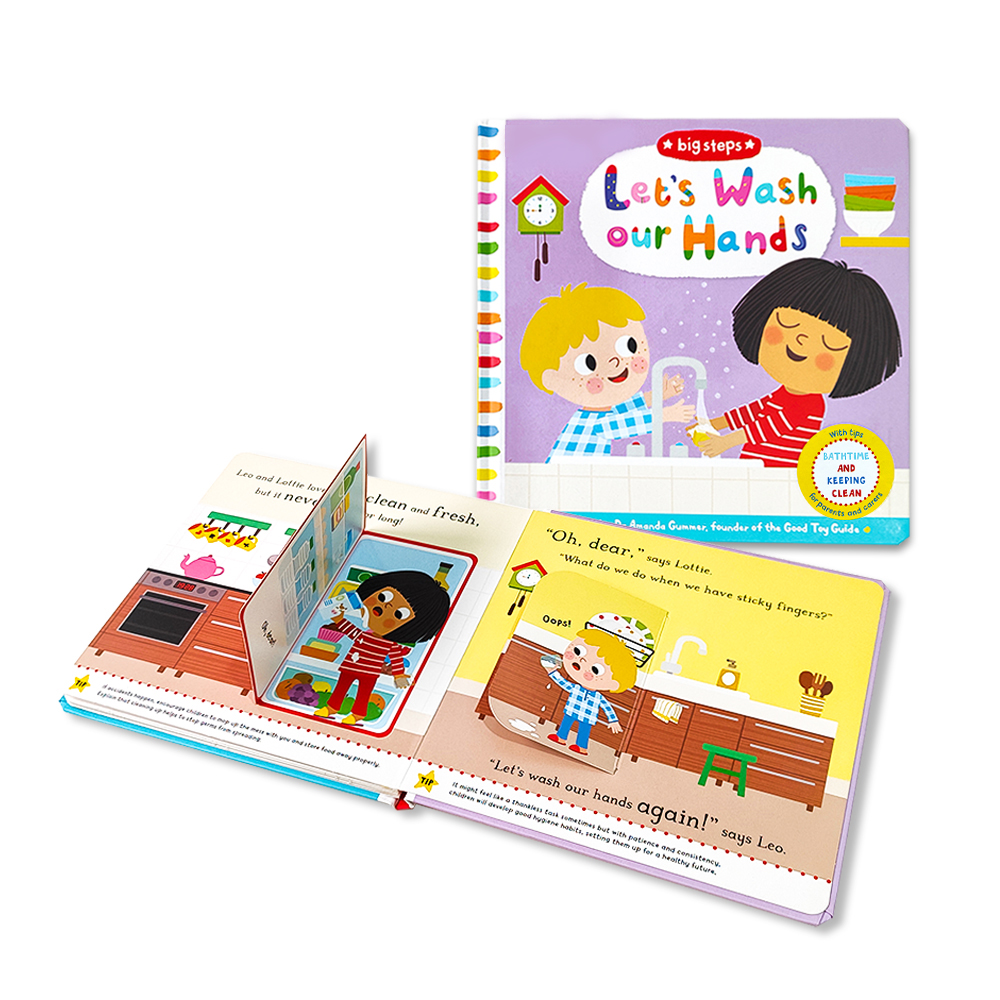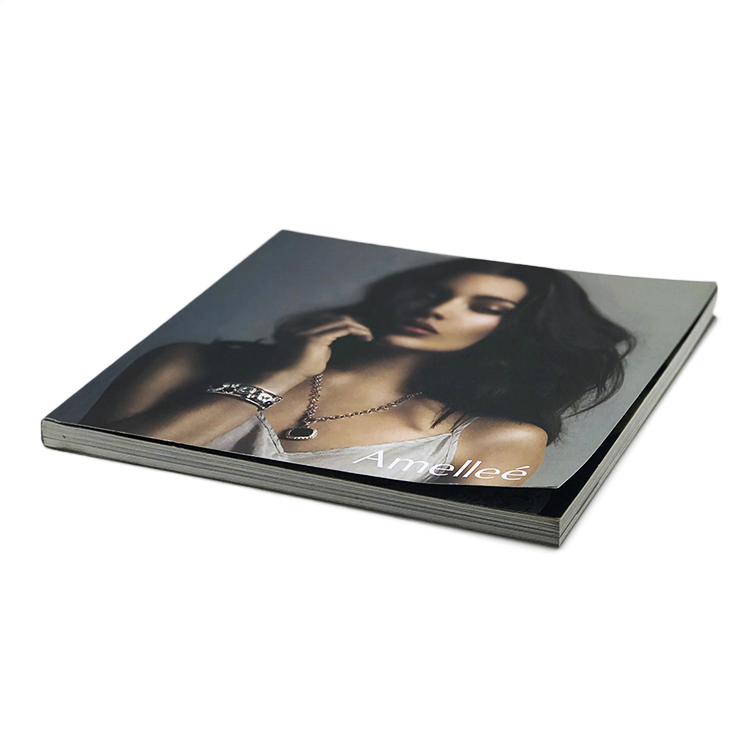hvað kostar bókaprentun
Efnisyfirlit
Book printing costs can range from $2 to $20 per book, depending on factors like quantity, materials, and type. For instance, paperback books are more affordable, often costing $2–$5 for black-and-white printing, while hardcover editions or full-color prints can reach $20 due to higher production expenses. Understanding these factors is crucial. It helps you make smarter decisions, whether you’re printing a novel, a textbook, or an illustrated work. By knowing what impacts the cost—like binding methods, paper type, and print runs—you can control expenses and maximize your budget effectively.
Helstu veitingar
-
Printing books costs $2 to $20 each, depending on quantity and type.
-
Printing fewer books (1-100 copies) costs more per book. Ordering 500+ copies lowers the price a lot.
-
Paperback books cost $8–$10 less than hardcover ones, saving money.
-
Black-and-white printing is cheaper than color, great for mostly text books.
-
Digital printing works well for small to medium orders. Offset printing is cheaper for big orders.
-
Picking standard book sizes keeps costs low and printing easier.
-
A professional cover design makes your book look better and sell more.
-
Getting quotes from different printers helps you save money and avoid extra fees.
General Overview of Book Printing Cost
Understanding the general breakdown of book printing costs can help you make smarter decisions. Whether you’re printing a few copies or thousands, the quantity and type of book significantly impact the price.
Cost per Book Based on Quantity
Small print runs (1-100 copies)
If you’re printing a small number of books, expect higher costs per unit. For example, printing just 10 copies might cost $10–$20 per book. This happens because setup fees and production costs are spread across fewer units. Small print runs are ideal for personal projects or limited editions, but they aren’t cost-effective for larger-scale publishing.
Medium print runs (100-500 copies)
Medium print runs offer a balance between affordability and flexibility. With quantities in this range, the cost per book typically drops to $5–$10. This option works well for self-published authors or small businesses. You can still manage inventory without overcommitting to large quantities.
Large print runs (500+ copies)
Printing in bulk significantly reduces the cost per book. For orders of 500 or more, prices can drop as low as $2–$5 per book. Bulk printing is perfect for large-scale distribution or commercial publishing. While the upfront investment is higher, the savings per unit make it worthwhile.
Cost Differences by Book Type
Paperback vs. Hardcover
The type of book you choose plays a major role in determining the cost. Here’s how they compare:
-
Hardcover books are generally $8–$10 more expensive than paperbacks.
-
The higher price of hardcovers comes from premium materials, additional production steps, and enhanced durability.
If you’re looking for a budget-friendly option, paperbacks are the way to go. However, hardcovers offer a professional look and longer lifespan, making them worth the investment for certain projects.
Black-and-white vs. Full-color printing
The choice between black-and-white and full-color printing also affects the overall cost:
-
Black-and-white printing is more economical and works well for text-heavy books like novels.
-
Full-color printing requires a higher initial investment due to specialized equipment and toner costs.
-
Color printing can enhance visual appeal, especially for children’s books or marketing materials, but it comes at a premium.
If you’re on a tight budget, stick to black-and-white printing unless color is essential for your book’s purpose.
By understanding these factors, you can better estimate your book printing cost and choose options that align with your goals and budget.
Key Factors Influencing Book Printing Cost
Several factors influence how much you’ll spend on book printing. By understanding these, you can make informed decisions and optimize your budget effectively.
Printing Methods
Stafræn prentun
Digital printing is ideal for small to medium print runs. It doesn’t require setup fees, which makes it a cost-effective option if you’re printing fewer than 2,000 copies. This method uses advanced technology to print directly from digital files, saving time and money. If you’re self-publishing or testing the market with a limited number of books, digital printing offers flexibility and affordability. However, for larger quantities, the per-unit cost remains higher compared to offset printing.
Offsetprentun
Offset printing becomes more economical when you’re printing in bulk. Although it involves upfront setup fees for creating plates, the cost per book decreases significantly as the quantity increases. For runs exceeding 2,000 copies, offset printing is often the better choice. This method delivers exceptional quality and consistency, making it ideal for professional publishing or large-scale distribution. If you’re planning a big print run, offset printing can help you lower your overall book printing cost.
Materials and Finishes
Paper type and weight
The type and weight of paper you choose can greatly impact your expenses. Uncoated paper is the most affordable and works well for novels or textbooks. Coated paper, on the other hand, costs more but enhances the vibrancy of images, making it perfect for art or photo books. Lightweight paper reduces costs and is commonly used for mass-market books. If you’re eco-conscious, recycled paper is an option, though it may come with a higher price tag due to additional processing. For a budget-friendly approach, consider lightweight, uncoated paper for text-heavy books.
Cover finishes (matte, glossy, embossed)
Your book’s cover finish not only affects its appearance but also its cost. Matte finishes provide a smooth, modern look, while glossy finishes enhance colors and make images pop. Both options are relatively affordable. If you want to add a premium touch, embossed covers can elevate your book’s design but come with higher production costs. Choosing the right finish depends on your book’s purpose and target audience. For example, a glossy cover might work best for children’s books, while matte finishes suit novels or professional publications.
Book Size and Page Count
Standard sizes vs. custom sizes
Standard book sizes are more cost-effective because they align with industry norms and minimize waste during production. Custom sizes, while unique, often lead to higher costs due to additional setup and material requirements. If you’re looking to save money, sticking to standard dimensions is a smart choice. It simplifies the printing process and ensures compatibility with most printers.
Impact of page count on pricing
The number of pages in your book directly affects its price. More pages mean higher paper and ink usage, which increases the unit cost. Additionally, heavier books cost more to ship, adding to your overall expenses. To manage costs, consider reducing unnecessary content or using lighter paper. Calculating your page count early in the process can help you estimate your book printing cost more accurately and avoid surprises later.
Bindandi valkostir
Choosing the right binding option is crucial for balancing quality, durability, and cost. Each method offers unique advantages, and understanding these can help you make the best decision for your project.
Fullkomin binding
Perfect binding is a popular choice for professional-looking books. It involves gluing the pages together along the spine and attaching a soft cover. This method works well for novels, catalogs, and reports. If you want your book to have a polished appearance, perfect binding delivers a sleek and modern finish.
However, this option tends to be more expensive than saddle stitching. The process takes longer, especially for smaller print runs. On the bright side, perfect binding becomes more cost-effective as your order size increases. For larger print runs, economies of scale reduce the per-unit cost, making it a practical choice for bulk printing. If you’re aiming for a high-quality product that feels substantial, perfect binding is worth the investment.
Saddle stitching
Saddle stitching is the go-to option for projects with smaller budgets or tight deadlines. This method uses staples to bind the pages together along the spine. It’s ideal for booklets, magazines, and thin books with fewer pages. If you’re looking for a quick and affordable solution, saddle stitching is hard to beat.
Compared to perfect binding, saddle stitching is faster and less expensive. It’s perfect for short print runs or when you need a fast turnaround. However, it’s not as durable as other methods. If your book has a high page count or requires a more professional look, you might want to explore other options. For lightweight projects, though, saddle stitching offers excellent value.
Case binding (hardcover)
Case binding, also known as hardcover binding, is the premium choice for durability and elegance. This method involves sewing or gluing the pages into a rigid cover, often made of cardboard wrapped in cloth or leather. If you want your book to stand out, case binding provides a luxurious and long-lasting finish.
While case binding is the most expensive option, it’s worth considering for projects that demand a high-end presentation. Hardcover books are perfect for coffee table books, collector’s editions, or any project where durability is a priority. If your budget allows, case binding can elevate your book’s appeal and make a lasting impression on readers.
Each binding method impacts the overall book printing cost differently. By understanding the strengths and limitations of each option, you can choose the one that aligns with your goals and budget.
Additional Costs to Consider
When planning your book printing project, you should account for additional costs beyond the basic printing process. These expenses can significantly impact your budget but are essential for creating a professional and market-ready product.
Hönnun og snið
Cover design costs
Your book’s cover is the first thing readers notice, so investing in professional design is crucial. The cost of cover design varies based on the designer’s expertise and the complexity of the project. Here’s what you can expect:
-
Standard Pricing: Starting at $1,000 for a paperback or ebook cover with a sourced image. This typically includes three unique concepts and collaboration on the final design.
-
Custom Pricing: Starting at $1,200 for a more tailored design that includes the back cover and spine.
-
Premium Pricing: Starting at $1,500 for high-end projects, which may include elements like dust jackets and endpapers.
Factors like custom artwork, licensing fees for images or fonts, and the number of revisions can also influence the price. While these costs may seem high, a well-designed cover can boost your book’s appeal and sales potential.
Interior layout and formatting
Interior formatting ensures your book looks polished and professional. For manuscripts under 50,000 words, formatting services typically cost around $300. If your manuscript exceeds this word count, expect to pay an additional $0.03 per word. A non-refundable deposit of $150 is often required to secure these services. Proper formatting enhances readability and ensures your book meets industry standards, making it a worthwhile investment.
Proof Copies
Importance of proof copies
Proof copies are essential for catching errors and ensuring your book looks exactly how you envisioned. They allow you to review the layout, colors, and overall quality before committing to a full print run. Skipping this step could lead to costly mistakes, so always prioritize ordering proofs.
Cost of proof copies
The cost of proof copies depends on your book’s specifications, such as size, page count, and printing method. Typically, a single proof copy costs slightly more than the per-unit price of a bulk order. For example, if your book costs $5 per unit in bulk, a proof copy might cost $10–$15. While this adds to your upfront expenses, it can save you from expensive reprints later.
Shipping and Distribution
Shipping costs for bulk orders
Shipping costs can add up quickly, especially for bulk orders. The weight and size of your books, along with the shipping distance, determine the final cost. For instance, a bulk order of 500 books might cost $200–$500 to ship domestically. International shipping can be even more expensive. To minimize costs, consider working with printers that offer discounted shipping rates for large orders.
Distribution services (e.g., print-on-demand)
If you’re using print-on-demand services, distribution costs are typically included in the price per book. These services handle printing and shipping directly to customers, saving you the hassle of managing inventory. While print-on-demand may have higher per-unit costs compared to bulk printing, it eliminates the need for upfront storage and shipping expenses. This option is ideal if you want to reduce risk and streamline the distribution process.
By understanding these additional costs, you can plan your budget more effectively and avoid unexpected expenses. Each of these factors plays a critical role in determining your overall book printing cost, so consider them carefully when making decisions.
Comparing Book Printing Options
Local Printers vs. Online Services
Pros and cons of local printers
Local printers can be a great choice if you value personal interaction and hands-on involvement. You can visit the printer, discuss your project in detail, and even review samples in person. This level of communication ensures your vision aligns with the final product. Local printers also support your community, which can be a meaningful factor for many.
However, local printing often comes with higher costs. Smaller operations may lack the advanced technology or economies of scale that larger online services offer. This can result in longer turnaround times and fewer customization options. If your project requires a quick or cost-effective solution, local printers might not be the best fit.
Pros and cons of online printing services
Online printing services provide unmatched convenience. You can upload your files, customize your order, and track progress—all from the comfort of your home. These services often use efficient digital processes, which reduce production costs and make them more affordable for standard projects. Additionally, online printers typically offer a wide range of options, from paper types to binding styles, giving you flexibility in designing your book.
On the downside, shipping costs can add up, especially for bulk orders. If you’re on a tight deadline, rush fees might also increase your expenses. Furthermore, you won’t have the opportunity to see physical samples before committing to a large order. Despite these drawbacks, online services remain a popular choice for their affordability and ease of use.
Print-on-Demand vs. Bulk Printing
Cost differences
Print-on-demand (POD) and bulk printing differ significantly in terms of cost. POD services charge higher per-unit prices because they print books individually as orders come in. This eliminates upfront costs but reduces your profit margins. In contrast, bulk printing offers lower costs per unit due to wholesale pricing. If you’re confident in selling a large quantity, bulk printing can save you money in the long run.
Suitability for different needs
POD is ideal if you’re just starting out or testing the market. It saves you from managing inventory and handling shipping, as the supplier takes care of these tasks. This option works well for self-published authors or niche projects with unpredictable demand. However, POD may limit your control over quality and customer service, which could impact your brand.
Bulk printing suits established creators or businesses with a clear audience. It allows you to produce high-quality books at a lower cost per unit, making it perfect for large-scale distribution or promotional campaigns. Keep in mind, though, that bulk printing requires upfront investment and storage space. If you’re confident in your sales potential, this option can maximize your profits and streamline your marketing efforts.
By understanding these options, you can choose the printing method that aligns with your goals and budget. Whether you prioritize convenience, cost savings, or quality, there’s a solution tailored to your needs.
Tips to Reduce Book Printing Cost
Reducing your book printing cost doesn’t mean sacrificing quality. By making smart choices in design, printing methods, and vendor selection, you can create a professional product while staying within budget.
Optimize Book Design
Choosing standard sizes
Selecting standard book sizes is one of the easiest ways to cut costs. Printers are optimized to produce these sizes efficiently, which reduces setup time and minimizes waste. Custom sizes, while unique, often require additional cutting and specialized equipment, driving up expenses.
Standard trim sizes are like the common sizes you find on bookstore shelves. They’re more cost-effective because printers are set up to produce these sizes efficiently. Custom sizes, on the other hand, are like ordering a bespoke suit – they require extra setup, specialized cutting, and can sometimes lead to paper wastage, all of which increase costs.
By sticking to standard dimensions, you can save money without compromising the quality or appeal of your book.
Reducing page count without compromising quality
Every page in your book adds to the printing cost. Reducing the page count can significantly lower expenses, but it’s important to do so without affecting the reader’s experience. Focus on concise writing and eliminate unnecessary content. Adjusting font size, margins, or line spacing can also help reduce the total number of pages. These small changes can make a big difference in your overall costs.
Bulk Printing Discounts
Benefits of ordering in larger quantities
Bulk printing is a proven way to lower the cost per book. Printers often offer discounts for larger orders because the setup costs are spread across more units. For example, printing 1,000 copies instead of 100 can reduce the per-book price by several dollars. If you anticipate strong demand for your book, ordering in bulk can maximize your savings and increase your profit margins.
Negotiating with printers
Don’t hesitate to negotiate with printers. Many are willing to offer better rates, especially for large orders or repeat customers. Ask about discounts for bulk printing or inquire if they can match a competitor’s price. Building a good relationship with your printer can lead to long-term savings and better service.
Compare Multiple Quotes
Importance of shopping around
Comparing quotes from multiple printers ensures you get the best deal. Prices can vary widely depending on the printer’s location, equipment, and expertise. Take the time to research and request quotes from at least three vendors. This process helps you identify the most cost-effective option without compromising on quality.
Key questions to ask printers
When requesting quotes, provide detailed information about your project to avoid hidden fees or misunderstandings. Here are some key questions to include:
-
What is the finished size of the book?
-
What type of paper and cover stock will be used?
-
How many pages does the book have?
-
Will the book be printed in black-and-white or full color?
-
Is a proof copy included in the quote?
-
What are the shipping costs and delivery timelines?
By asking these questions, you can compare quotes more effectively and choose the printer that best meets your needs.
Taking these steps can help you reduce your book printing cost while maintaining a high-quality product. Whether it’s optimizing your design, ordering in bulk, or negotiating with printers, every decision you make can contribute to significant savings.
Summary of Book Printing Cost Insights
Recap of Cost Ranges
Understanding the range of book printing costs helps you plan your budget effectively. The price per book depends on factors like quantity, printing method, and materials. For instance:
-
Printing 1,000 copies can cost as little as $2.50 per book, while printing just 100 copies might cost $5 each.
-
Hardcover books are more expensive than paperbacks, often adding $8–$10 per unit.
-
Premium paper or full-color printing increases costs compared to standard options.
The more you print, the lower the cost per book becomes. This economy of scale makes bulk printing a smart choice for large projects. However, balancing quantity with demand is crucial to avoid overprinting and unnecessary expenses.
Recap of Major Cost Factors
Several key factors influence your book printing cost. Knowing these helps you make informed decisions and optimize your spending. Here’s a breakdown:
|
Factor |
Cost Impact |
Tips for Publishers |
|---|---|---|
|
Magn |
High (More copies = lower per-unit cost) |
Start small with print-on-demand or negotiate bulk discounts for larger orders. |
|
Pappírstegund |
Medium (Uncoated is cheapest) |
Match paper to your book’s genre. Use lighter paper to save on shipping. |
|
Size & Orientation |
Low to Medium (Custom sizes cost more) |
Stick to standard sizes and portrait orientation to reduce costs. |
|
Binding |
Low to High (Saddle-stitch is cheapest) |
Choose binding based on durability and budget. Perfect binding balances cost and quality. |
|
Color vs. B&W |
High (Color printing costs more) |
Use color strategically or limit it to essential pages. |
|
Cover Design & Finish |
Low to High (Special finishes add cost) |
Opt for a professional design. Matte lamination is a cost-effective, popular choice. |
By understanding these factors, you can prioritize features that matter most to your project while staying within budget.
Recap of Cost-Saving Tips
Reducing your book printing cost doesn’t mean compromising on quality. Here are some proven strategies to save money:
-
Buy in Bulk: Larger orders lower the per-unit cost. If you anticipate strong demand, bulk printing is a cost-effective option.
-
Choose Standard Sizes: Standard paper sizes and weights are more affordable and readily available.
-
Optimize Page Count: Fewer pages reduce costs. Adjust font size, margins, or spacing to minimize page count without sacrificing readability.
-
Select Cost-Effective Binding: Perfect binding offers a polished look at a lower cost than case binding.
-
Shop Around: Request quotes from multiple printers to find the best deal. Ask about hidden fees and negotiate discounts.
-
Save on Shipping: Consider the size and weight of your book. Work with local printers or negotiate shipping rates for bulk orders.
These tips help you create a professional product while keeping expenses under control. By planning carefully and making strategic choices, you can maximize your budget and achieve your publishing goals.
Understanding book printing cost is essential for making smart financial decisions. By knowing what influences the price, you can plan effectively and avoid unnecessary expenses. Strategies like bulk printing and choosing standard sizes can significantly reduce costs. Standard sizes eliminate extra charges for custom specifications while bulk printing lowers the per-unit price by spreading setup costs across a larger quantity.
Take the time to compare options and negotiate with printers. These steps ensure you get the best value without compromising quality. With careful planning and cost-saving strategies, you can create a professional book that fits your budget.
Algengar spurningar
What is the cheapest way to print a book?
Bulk printing offers the lowest cost per book. Printers provide discounts for larger orders, spreading setup costs across more units. If you’re printing fewer copies, consider digital printing or print-on-demand services to avoid high upfront expenses.
Why does hardcover printing cost more than paperback?
Hardcover books use premium materials and require additional production steps, like binding rigid covers. These factors increase durability and visual appeal but raise costs. If you want a professional look, the investment in hardcover printing is worth it.
How can I reduce my book’s page count?
You can reduce page count by adjusting font size, margins, or line spacing. Focus on concise writing and remove unnecessary content. These changes lower printing costs without compromising the quality or readability of your book.
Why is full-color printing more expensive?
Full-color printing uses specialized equipment and ink, which increases production costs. It’s ideal for visually rich books like children’s stories or photo albums. If color isn’t essential, black-and-white printing offers a more budget-friendly option.
Should I choose digital or offset printing?
Choose digital printing for small to medium print runs. It’s cost-effective and flexible. For larger quantities, offset printing offers lower per-unit costs and exceptional quality. Your choice depends on your budget and the number of copies you need.
Why are proof copies important?
Proof copies let you review your book’s layout, colors, and quality before mass printing. They help you catch errors and avoid costly reprints. Skipping this step risks producing books that don’t meet your expectations.
How do shipping costs affect book printing expenses?
Shipping costs depend on the weight, size, and destination of your books. Bulk orders often incur higher shipping fees. To save money, work with local printers or negotiate discounted shipping rates for large quantities.
Why should I compare multiple printing quotes?
Comparing quotes helps you find the best deal without sacrificing quality. Prices vary by printer, so shopping around ensures you get competitive rates. Ask detailed questions to avoid hidden fees and make an informed decision.
Bókaprentun
Nýjar vörur
Síðasta blogg
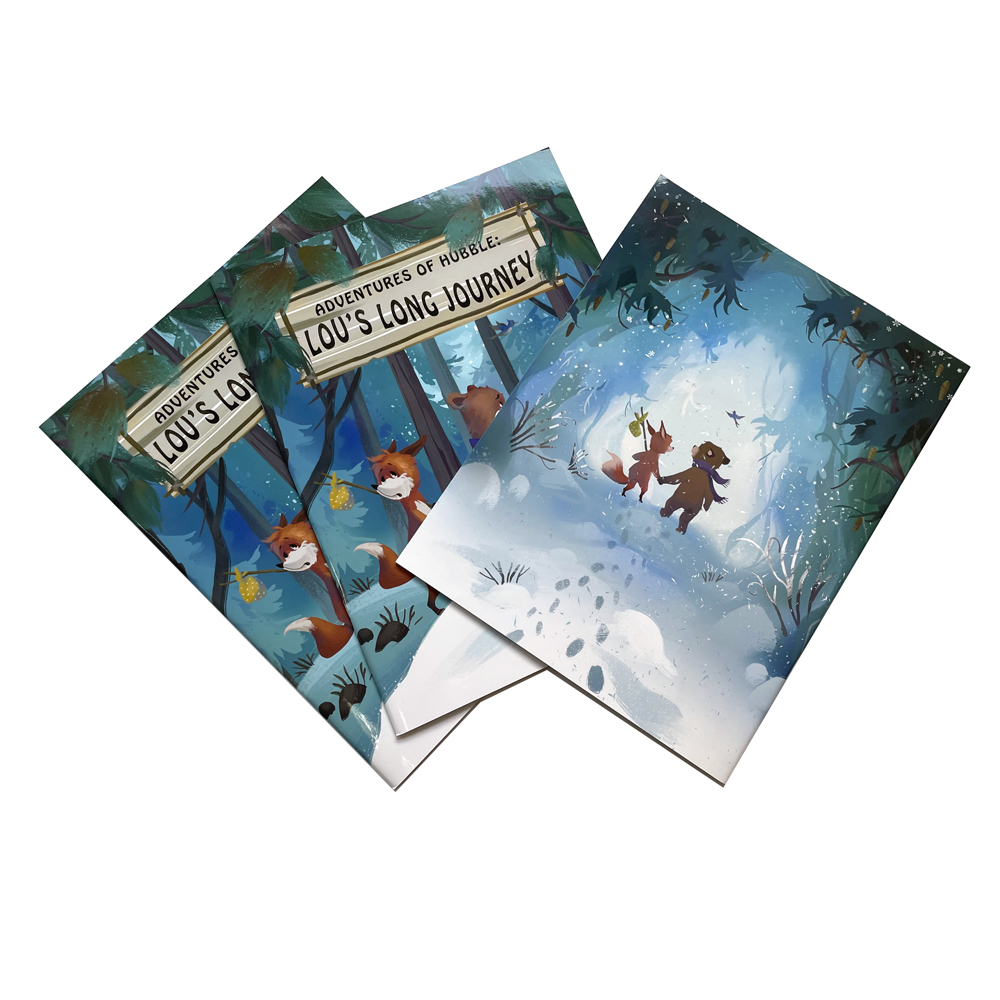
Af hverju eru flestar bækur prentaðar í Kína?
Í hnattvæddu hagkerfi nútímans hefur bókaprentun í auknum mæli fundið hagkvæma og gæðadrifna lausn í Kína.
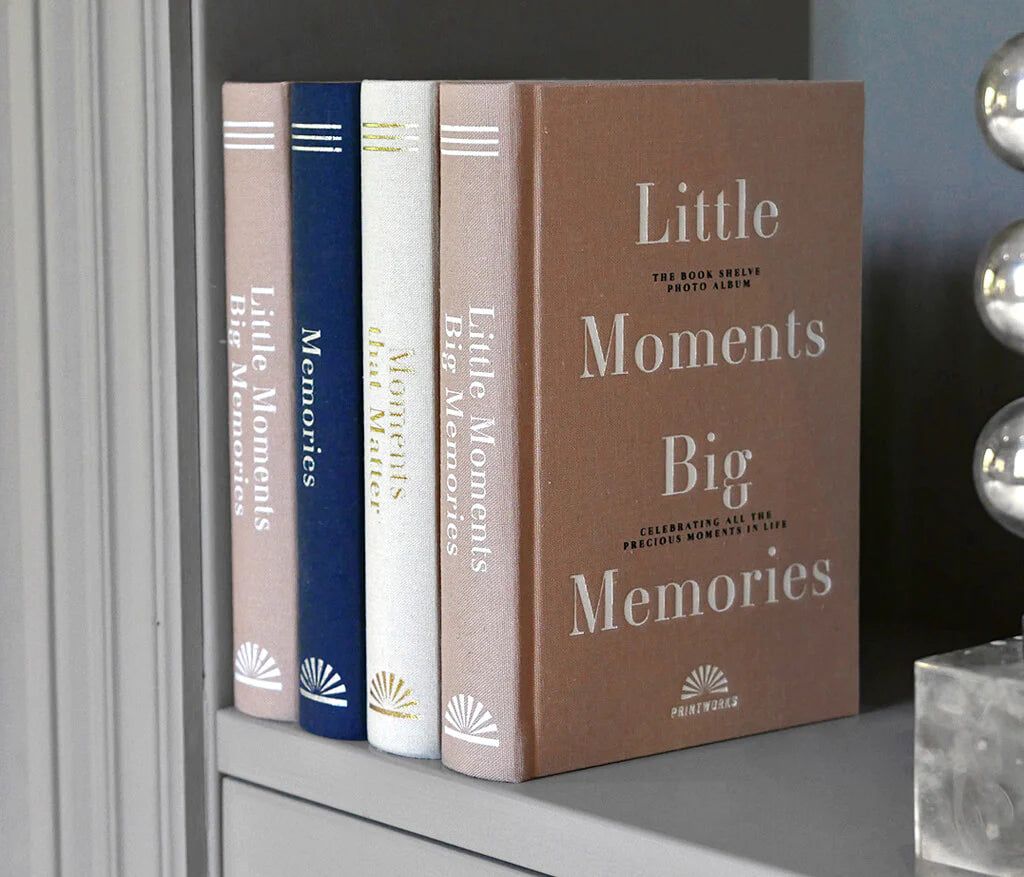
Hvernig á að hanna hina fullkomnu innbundnu bókarkápu
Í útgáfuheiminum er innbundin bókakápa miklu meira en bara verndandi lag – hún er kraftmikið frásagnartæki.
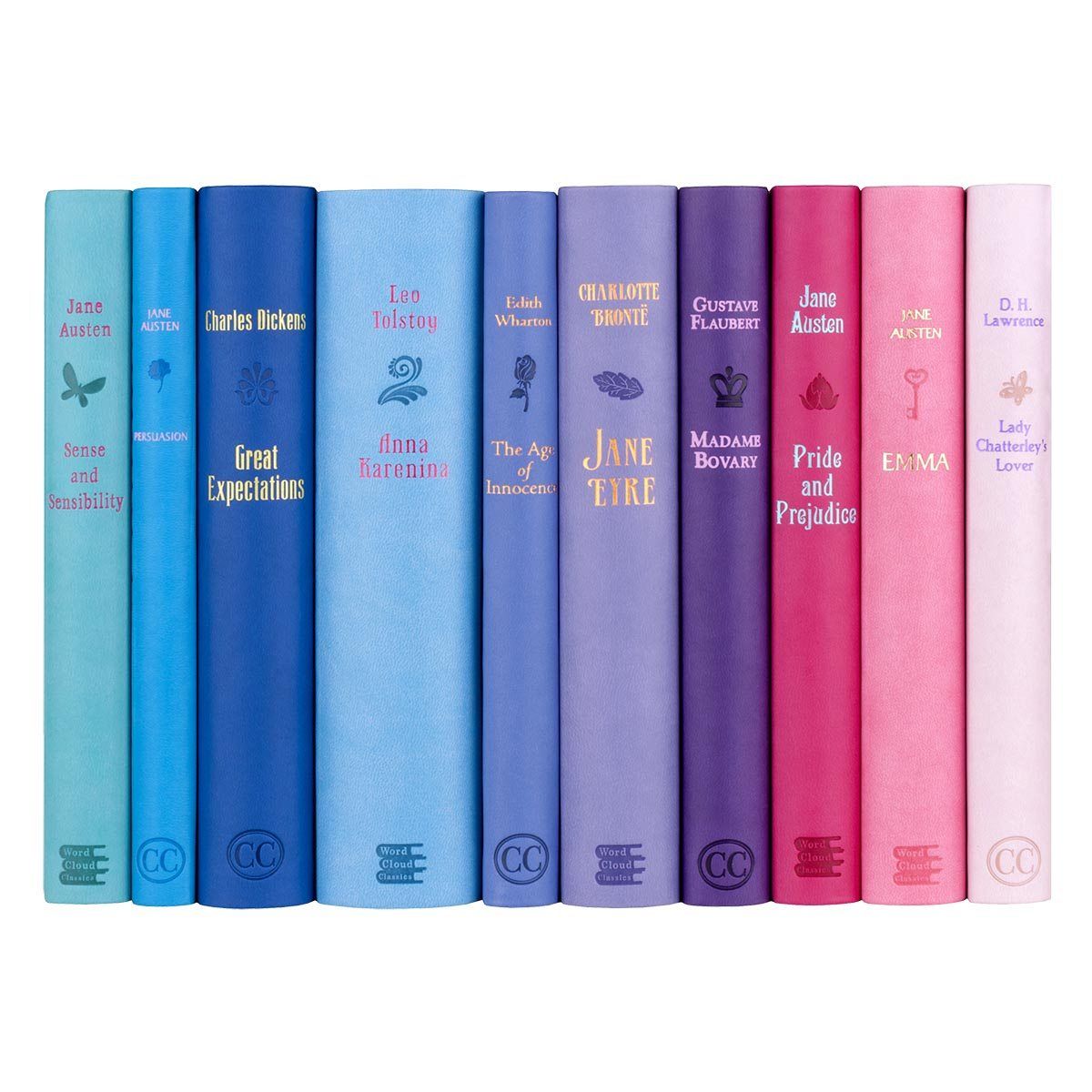
5 helstu kostir magnprentunarþjónustu fyrir fyrirtæki
Í viðskiptaumhverfi sem er í stöðugri þróun er mikilvægt að ná bæði kostnaðar- og tímahagkvæmni til að vera á undan samkeppnisaðilum
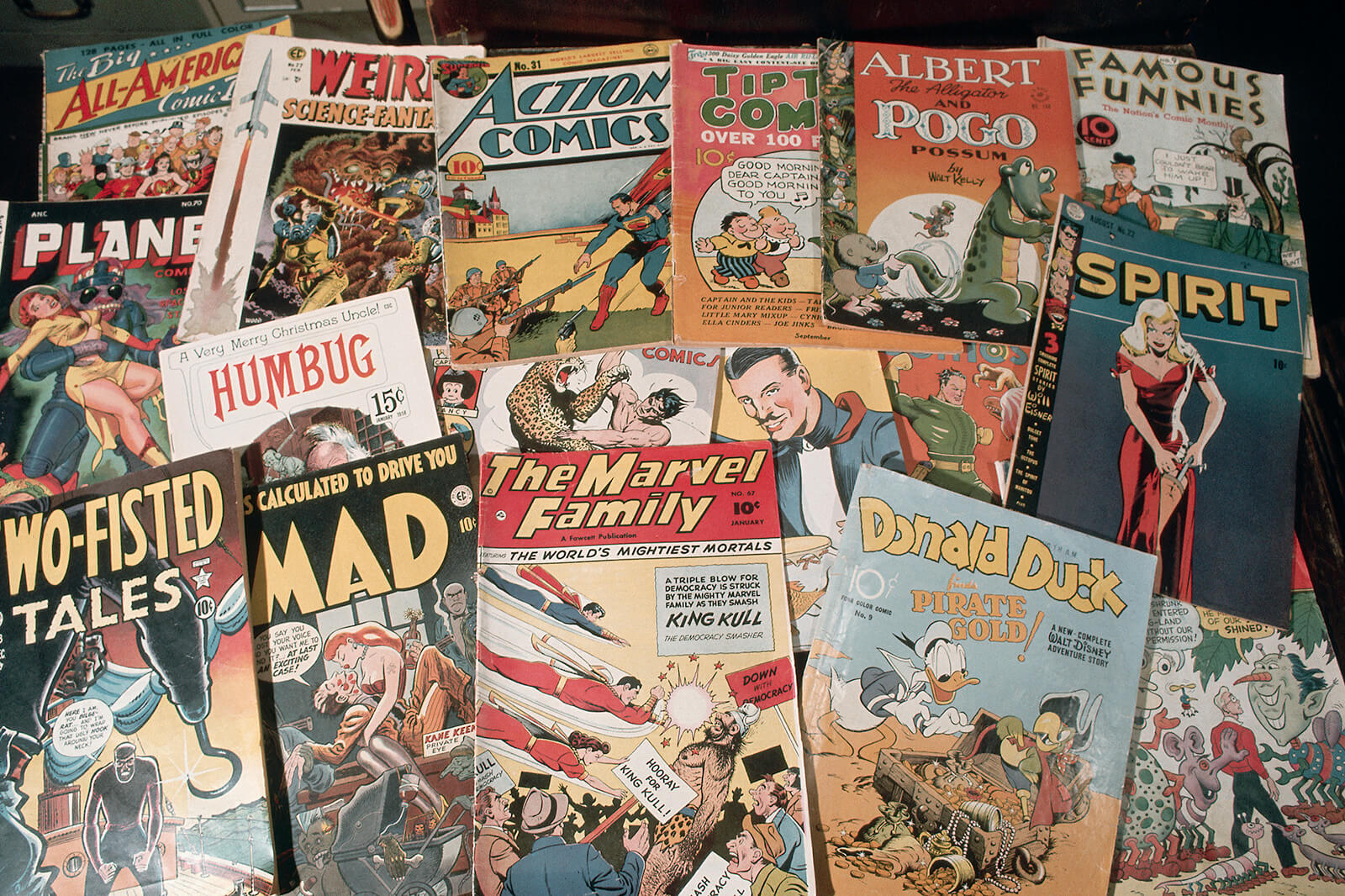
Hvað kostar að prenta myndasögu
Að búa til myndasögu er ekki bara verkefni; það er ástríða sem sameinar frásagnarlist, listsköpun og frumkvöðlaanda. Fyrir marga listamenn og rithöfunda,
Hafðu samband
- +86 13946584521
- info@booksprinting.net
- 8:00 - 22:00 (mán - sun)
Athugasemdir
Tengt blogg
Finndu nýjustu strauma og almenna þekkingu í bókaprentunarviðskiptum.
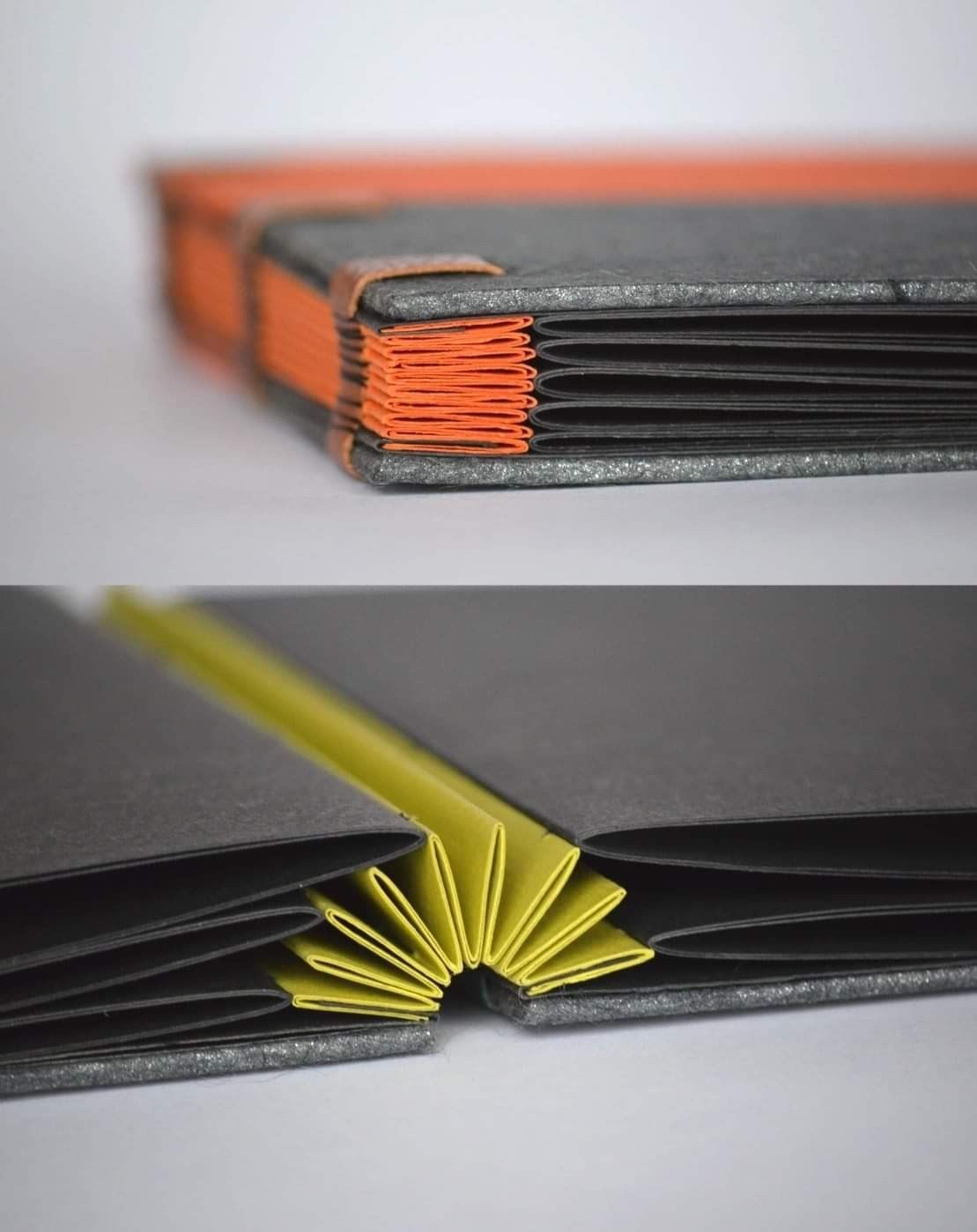
Hvers vegna fullkomin binding er besti kosturinn fyrir bóka- og tímaritaprentun
Ef þú ert að kafa í sjálfsútgáfu er eitt helsta áhyggjuefni þitt að finna hagkvæma valkosti fyrir bókaprentun
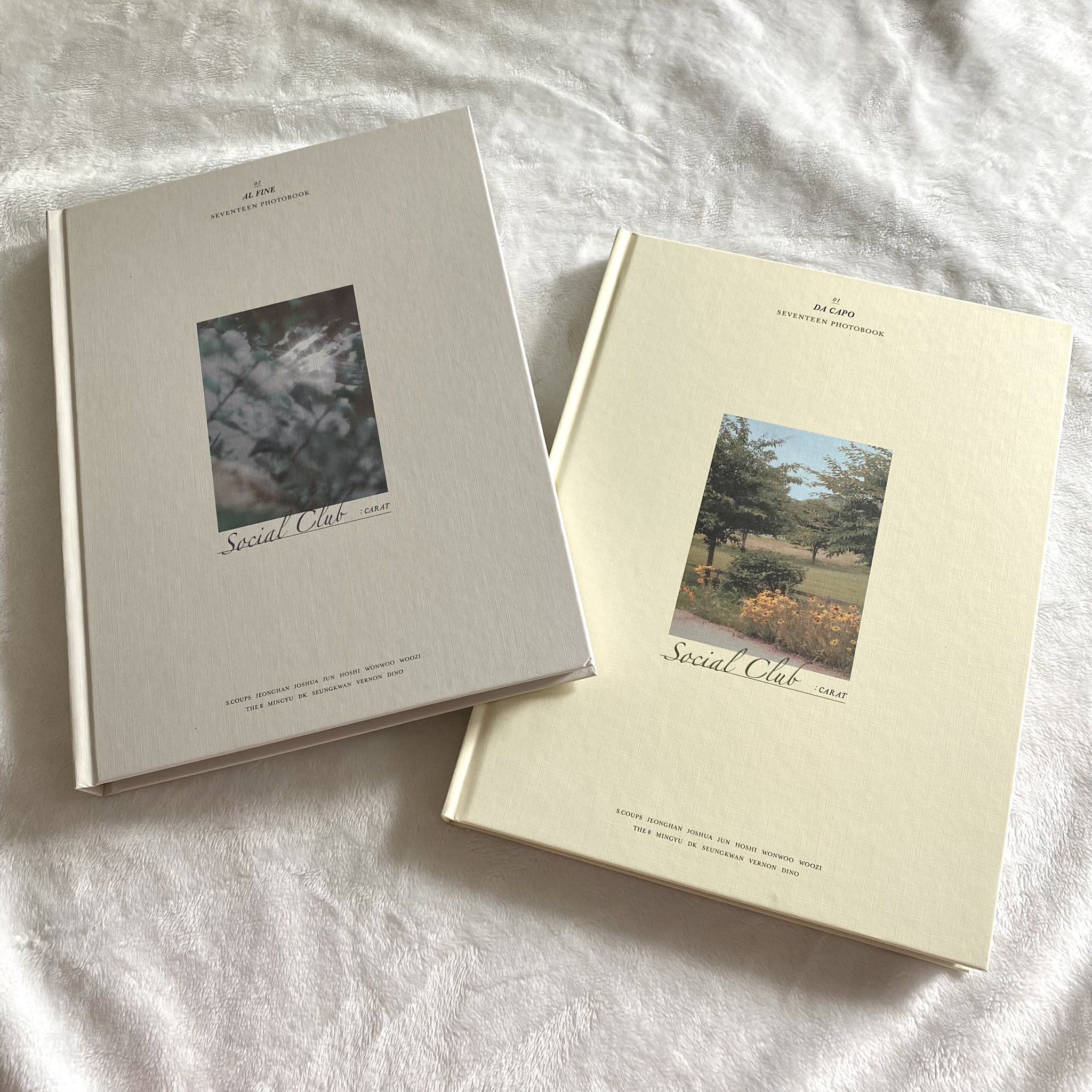
Hvernig er hægt að lækka kostnað við prentun bóka?
Undanfarin ár hefur kostnaður við bókaprentun minnkað verulega, þökk sé framförum í prenttækni og skilvirkari framleiðsluaðferðum.
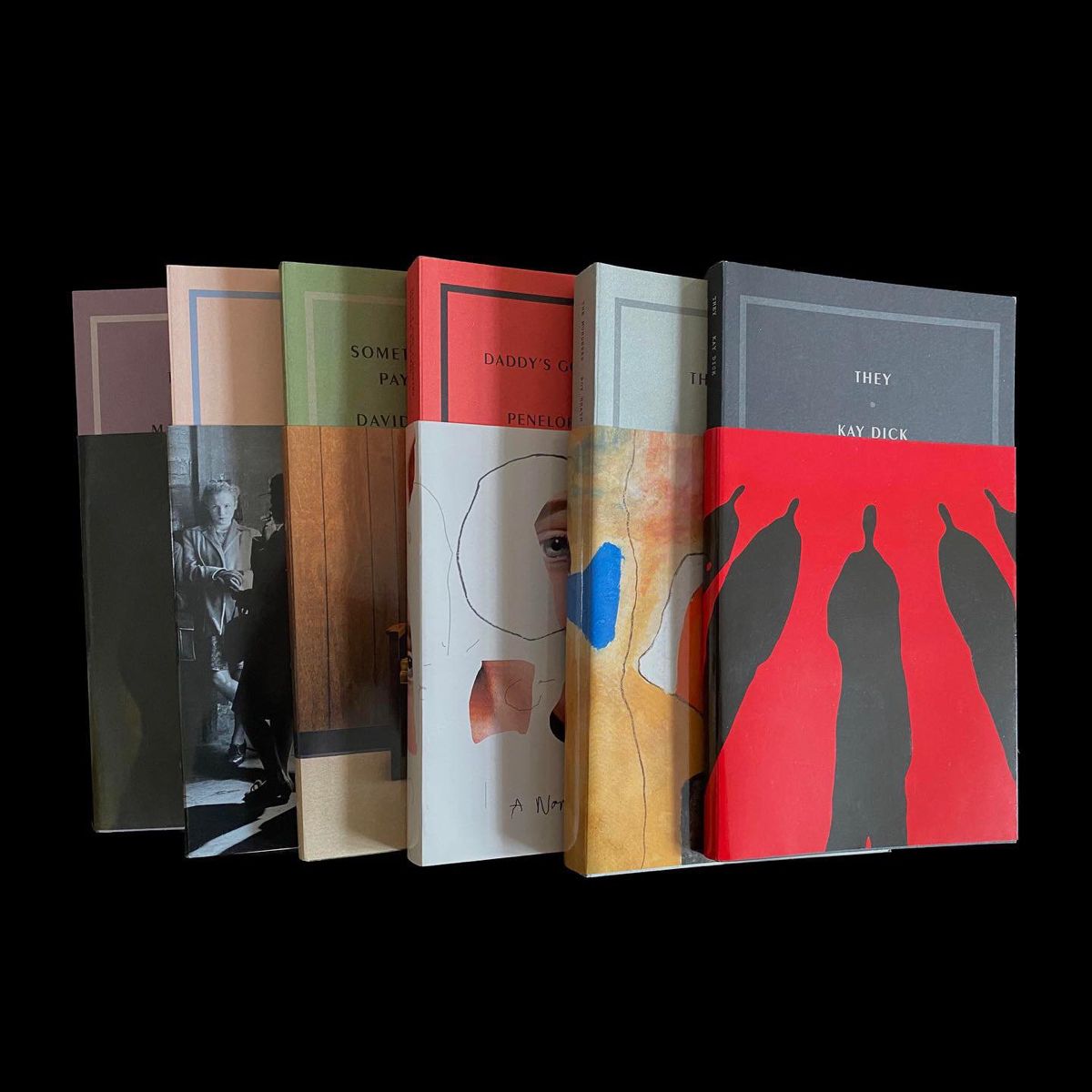
Kostir þess að velja innbundnar bækur
Innbundnar bækur hafa töfrað lesendur í meira en þrjár aldir og áunnið sér dýrmætan sess á bókasöfnum og heimilum. Allt frá klassískum bókmenntum til sjálfshjálparheita samtímans
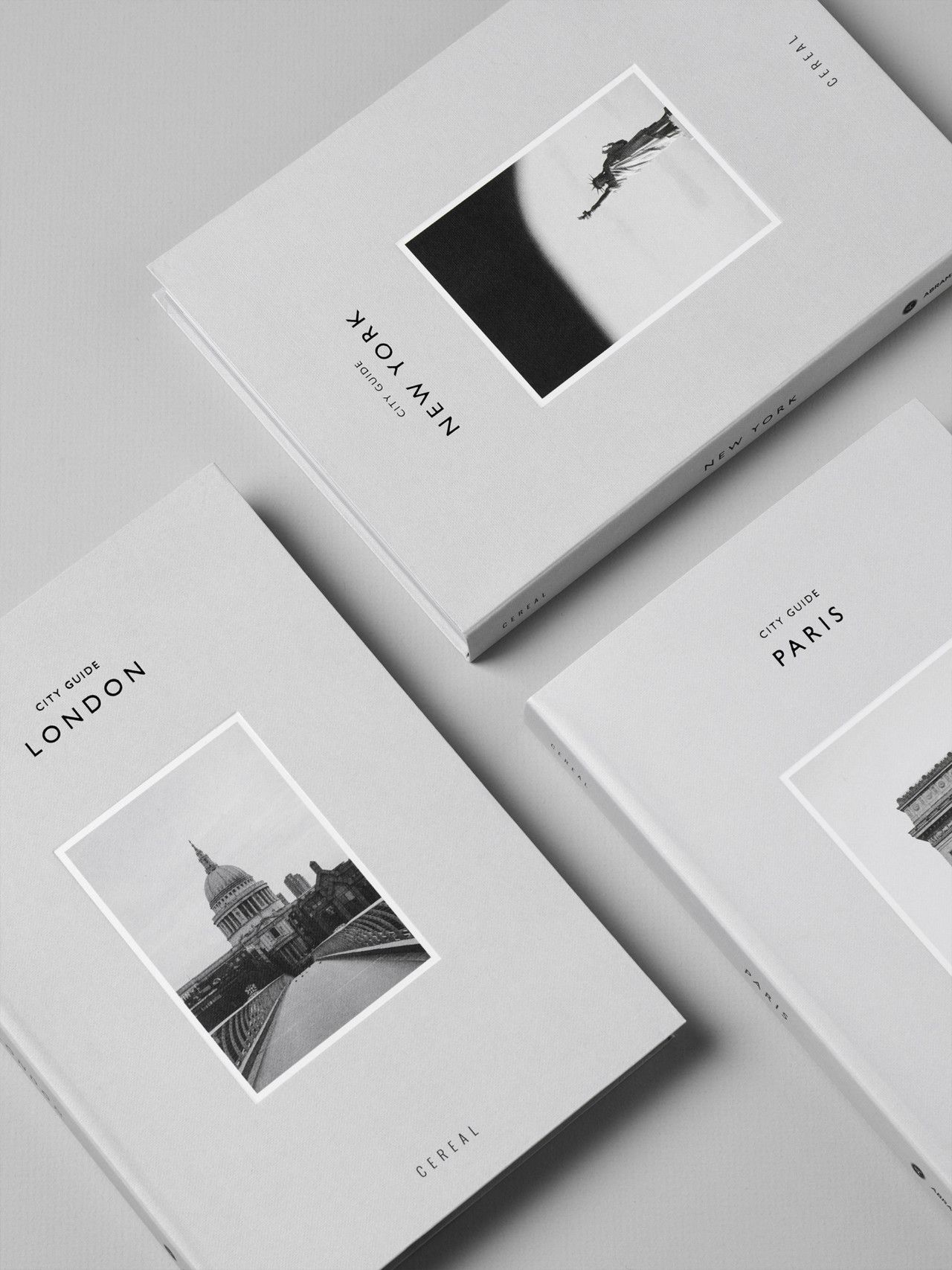
Hvernig dró prentun úr kostnaði við bækur?
Hvort sem þú ert upprennandi rithöfundur sem ætlar að prenta fyrstu skáldsöguna þína, fyrirtæki sem undirbýr vörulista eða einhver sem þarfnast faglegrar bókaprentunar,

